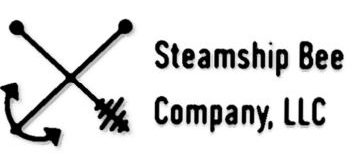We are excited to start offering overwintered Nucs and Spring Nucs this year. What are they?
A few years back, Andy wrote a pretty comprehensive guide for fellow club members for deciding what to purchase.
In a nutshell, an overwintered nuc is a small colony with a queen raised the previous year during the summer flow. All the bees and brood in the colony are from that same queen. It is really just a smaller, younger hive. It has the same types of resources and composition as you would find in a regular production hive, just fewer frames and fewer bees. They will only be a few weeks behind your production hives, and will easily peak before the summer flow. You will get honey of these hives the same year you purchase them, given proper management.
A Spring Nuc from a local producer should contain a queen raised this spring who has been laying for 4-6 weeks. That means that the brood in the nuc will be hers as well as most of the bees. You would expect to have 5 or 6 frames, with 2-3 frames of brood and 2 resources frames.
Both the spring nuc and overwintered nuc have local genetics – the queens are locally mated and the bees’ epigenetics for our midwestern conditions are already expressed.
Local genetics enhanced by select breeder queens improves survivability, including varroa resistance (VSH), and provides excellent foragers.
This approach has served us well in building our apiaries. Minimizing winter losses, reducing vectors for disease and poor genetics has resulted in sustainable growth for us.
Shaking packages into deadouts, weak and stressed post-pollination packages just can’t compete with healthy, robust hives adapted to local conditions.
